Japan: Nikkō, Kanman Path II(憾満の路 II)
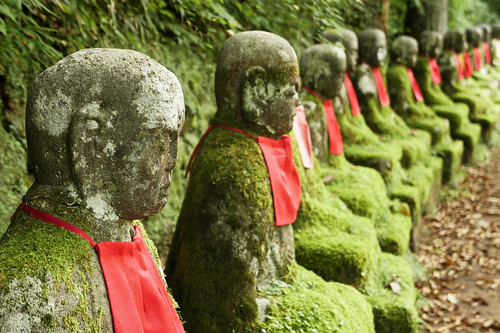
I met a lot of things that impressed me along the Kanman path. This is supposed to be the main highlight of my Nikkō trip, if I did not encounter the river of Kurogawa beside Zen Hostel.
The first lunch I had in Nikkō after finished touring the temple complex in the morning, was a local specialty, Yuba(湯葉)and ramen. Yuba is basically made of tofu skin that is quite common in Chinese food. However, the Japanese version looks like they roll the tofu skin into a ball. As always, this Yuba Ramen seems really healthy.
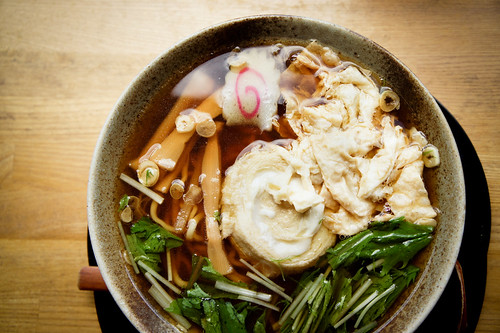
After lunch, I traced along the heritage trail of Kanman and passed by the residential area, and a small shrine. The ground of the shrine was covered with moss, the feeling when I stood in the compound was the same as other shrines, peace and Zen. Summer wind blew occasionally.
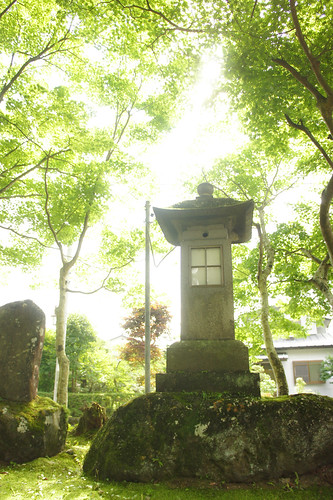
I was getting nearer to the Abyss here, tracing along the Kanman path following the map. I crossed a bridge overlooking the river that seemed safe enough for the Japanese to wade into it. Nice, is every river in Japan looks that inviting during summer?
Kanman-ga-fuchi Abyss(憾満ヶ淵), one of the reasons that made me so determined to come to Nikkō.
As I walked past the Emperor Taisho's(大正天皇)poem monument, I saw maple leaves with that summer green that was translucent against the sunlight, a small Zen shrine, and Jizo statues.

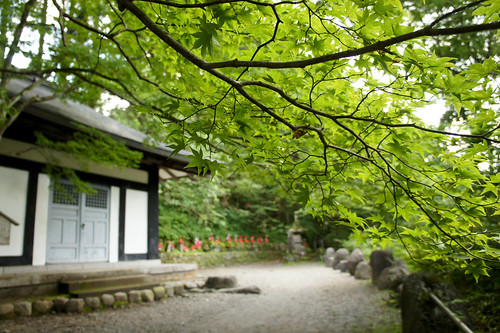
Surreal and hauntingly beautiful. A river lies beside the path. The path lined with 74 Jizo statues(地蔵尊) or also known as Narabi Jizo(並び地蔵)along the Kanman-ga-fuchi was relatively tourist-free, which make this place even more dreamy. The statues were there, really at peace, and dragonflies resting on the top of the head, relaxed.
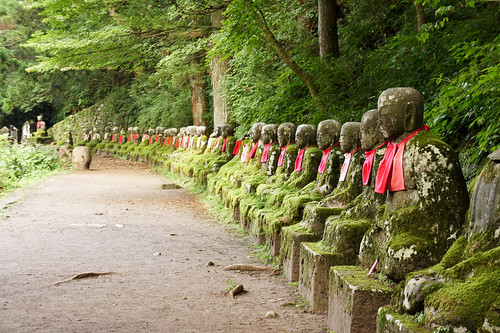


Found this in YouTube, the walk along the Jizo Statues:
I continued my journey, leaving the Jizo statues behind, and wished I could stay longer to take in more of the Qi around them. No signs of monkeys still, despite hearing from Japanese that Nikkō has nothing much but many monkeys.
After walking past a water dam, a small Sasuke-Inari shrine(佐助稲荷神社), I came back to cross the Dainichi Bridge(大日橋)back to the side where the heritage area is. The view, was breathtaking, again.
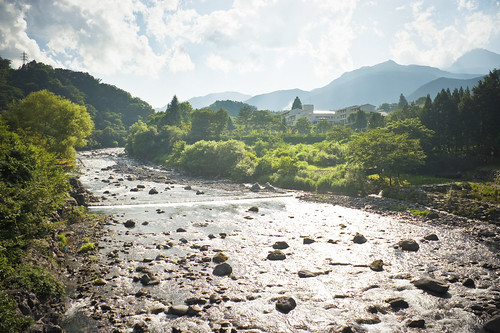
Dragonflies zipping here and there. Some even with body as huge as my finger. Ahh... the goodness of Summer. Not forgetting that I finally encountered the Cosmos wild flower that I saw in the photos and artworks of Japanese artists!

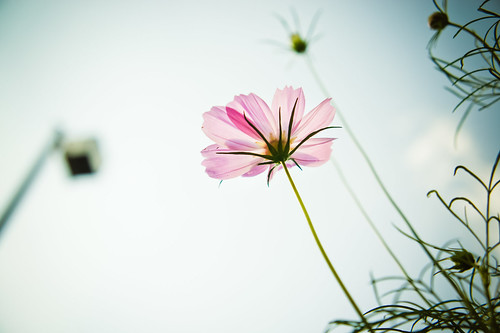
After crossing the Dainichi bridge, the Kanman Path was completed. Short and sweet. Left with about 2 hours before sunset, I decided to venture into the Urami-no-Taki(裏見の滝) that was praised highly by Scout the Zen hostel host as the best waterfall of Nikkō area. Indeed, despite a boring 2km walk uphill along a neighbourhood area that offered nothing much to see, the waterfall was great.
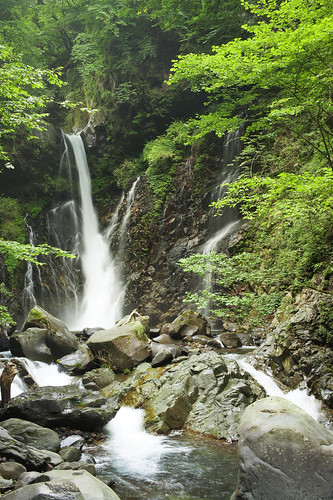

Encountered a middle aged couple while admiring the waterfall. Using my limited Japanese language, I still managed to understand that the Oba-san told me her son is of the same age as me, and discussed with the Oji-san that the statue behind the waterfall with a sword is a statue of Acala(不動明王).
I was little bit impressed by myself.
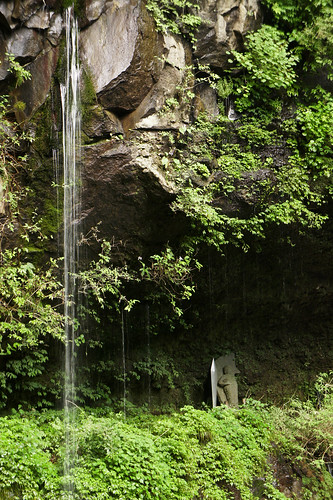
In the end, they are yet another nice couple that saw me walking on my own down the path where I came, and offered to hitch-hike me and let me save 2km of journey. Something I had learnt here, Japanese are friendly towards tourist, especially if you are able to speak a little bit of Japanese to impress them. The couple is only one of the many Japanese that offered me assistance. I asked them to take a picture of me and I think Oji-san did a good job!

As the sky turned darker, I head back to the Tobū Nikkō station and then called Scout for a ride back to the remote hostel from Shimogoshirō station after having Ramen dinner.
Comments